- Home
- slideshows
- miscellaneous
- 45 landmark Supreme Court cases that changed American life as we knew it
45 landmark Supreme Court cases that changed American life as we knew it
Marbury v. Madison (1803)

Gibbons v. Ogden (1824)
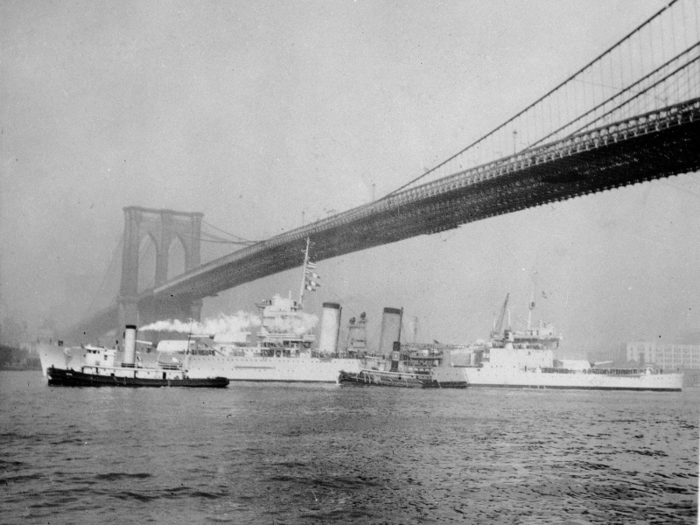
The case: In 1808, New York state gave Aaron Ogden a 20-year license to operate his steamboats on waters within the state. Thomas Gibson, another steam boat operator and Ogden's former business partner, was also working in the area, with a license from the federal government. Ogden claimed Gibbons was undercutting his business by unfairly competing. He wanted Gibbons to stop operating, and argued his license was enforceable, even though it was on interstate waters. Gibbons argued that the US Constitution gave Congress power over interstate commerce.
The decision: The Supreme Court unanimously held states cannot interfere with Congress's ability to regulate commerce. State laws had to yield to constitutional acts by Congress, so the court ruled in Gibbon's favor. It was an important early decision finding that federal governments had the ability to determine interstate commerce.
Worcester v. Georgia (1832)
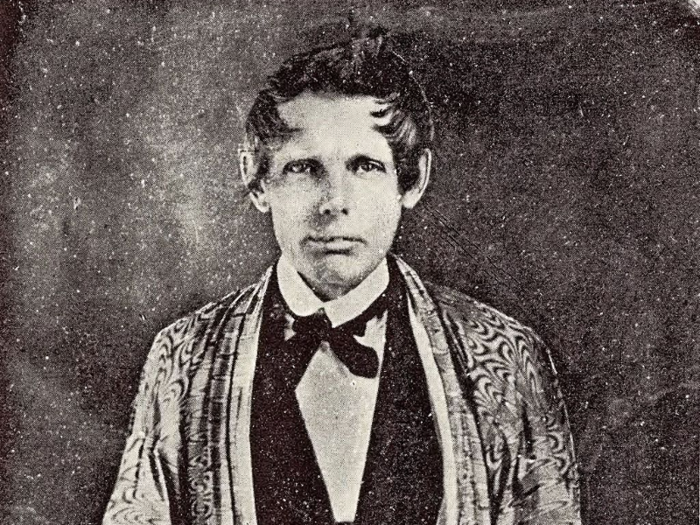
The case: In 1828, Georgia passed laws prohibiting anyone except Native Americans from living on Native American land. Samuel Worcester, a missionary, was living on Native American land and refused to apply for a license. He was arrested and appealed, arguing his removal was a violation of his constitutional rights, as Georgia had no jurisdiction on Native American land.
The decision: The Supreme Court held, 5-1, that the Cherokee Nation was a sovereign "distinct community." It struck down the Georgia law prohibiting white people living on Native American land. The case was important because it set out the relationship between tribes, states, and the federal government. It meant that interaction with Native American states became a federal process, and provided some sovereignty when interacting with the US government.
But it wasn't always enforced. Then-President Andrew Jackson said, "John Marshall has issued his decision. Let him enforce it."
Charles River Bridge v. Warren Bridge (1837)
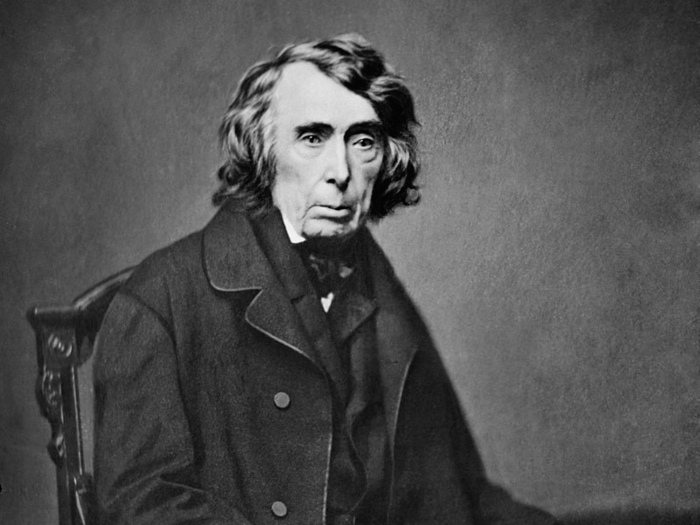
The case: In 1785, Massachusetts gave the Charles River Bridge Company a charter to build a bridge between Boston and Cambridge. In exchange for covering the costs of building and maintaining it, the company could collect tolls until the charter ended.
But in 1828, a second company was authorized to build a competing bridge that would be free to the public, Charles River Bridge sought an injunction to prevent the second bridge from being built.
The decision: The Supreme Court held 5-2 that the authority given to Charles River never granted them a monopoly, and that general welfare would be enhanced with a second bridge. The court said the responsibility of government was to promote the happiness and prosperity of the community.
Dred Scott v. Sandford (1857)
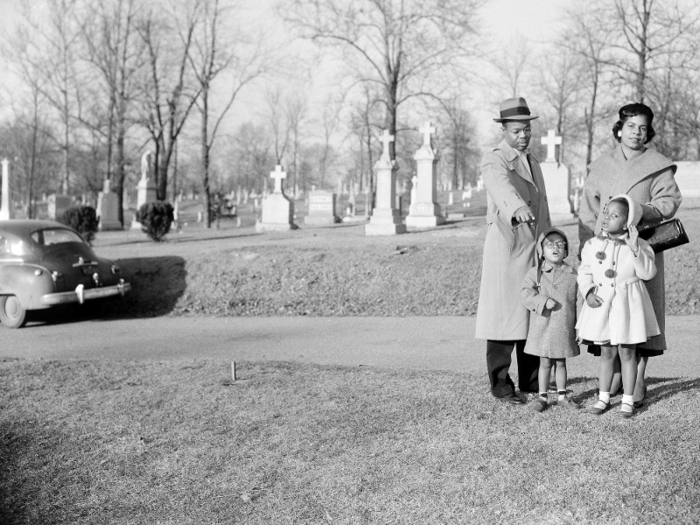
The case: This case arose from a suit brought by a slave in Missouri named Dred Scott. Scott had lived for a time in the free state of Illinois. When his master died in 1849, he sued the widow, arguing his time in the slave-free state made him a free man.
The decision: The Supreme Court held 7-2 that since Scott's ancestors were imported into the US and sold as slaves, he could not be an American citizen. Since he wasn't a citizen, he had no jurisdiction to sue, which also meant that black people living free in the north were barred from federal courts. The court also held that under the Fifth Amendment, slaves were property, and any law that deprived a slave-owner of their property was unconstitutional.
The decision is thought to be one of the factors that led to the Civil War.
Munn v. Illinois (1877)

The case: In 1871, Illinois passed legislation that set the maximum rate private companies could charge for storing and transporting agricultural goods. Munn, a grain warehouse, charged too much and was found guilty of violating the law. It appealed, arguing the regulation was an unconstitutional removal of property.
The decision: The Supreme Court held 7-2 that the law was constitutional, and that the state can regulate private industries when it affects the public. Since storage facilities were devoted to the public, they could be regulated. This case allowed states to regulate businesses within their borders. It was important because it showed how private enterprises could be publicly regulated.
Plessy v. Ferguson (1896)
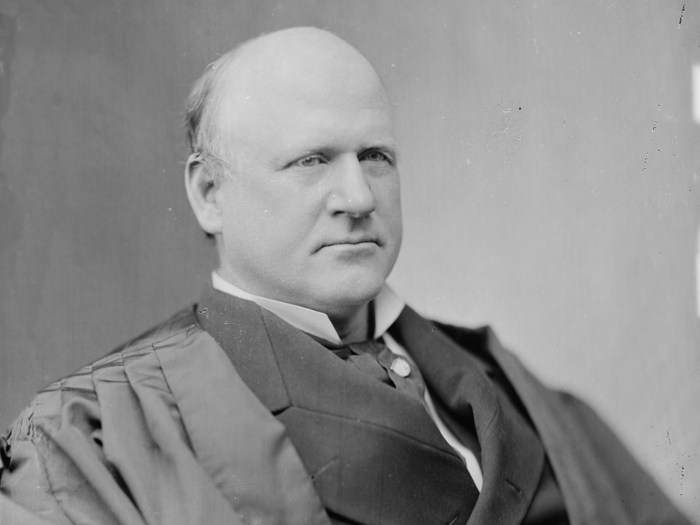
The case: Homer Plessy, who was black under Louisiana law of the time, boarded a train and sat in a car that was reserved for white passengers. When he refused to move, he was arrested. Plessy argued that the Separate Car Act, which required all railroads to provide equal but separate accommodation, was violating his rights under the 14th Amendment's equal protection clause.
The decision: The Supreme Court held 7-1 that "separate but equal" accommodations for whites and blacks did not violate the 14th Amendment.
Justice John Marshall Harlan, known as the "great dissenter," wrote that the Constitution was color-blind, and the US had no class system. "There is in this country no superior, dominant, ruling class of citizens; there is no caste here. Our Constitution is color-blind, and neither knows nor tolerates classes among citizens," he wrote. Despite his dissent, the decision solidified the "separate but equal" doctrine for the next six decades.
Lochner v. New York (1905)
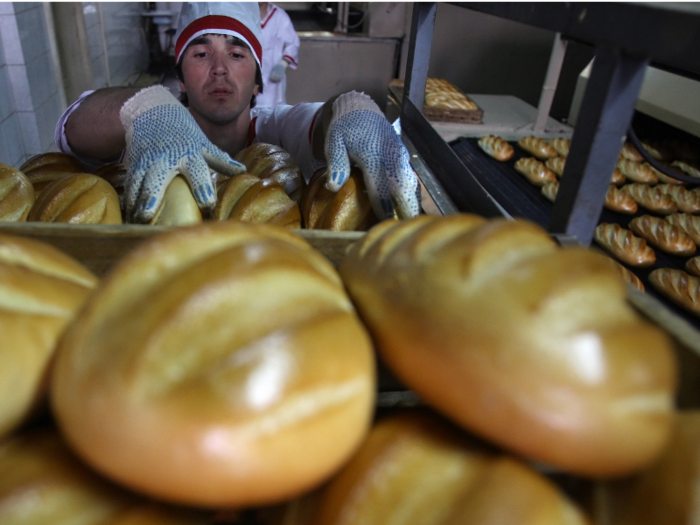
The case: In 1897, New York passed a labor law limiting the working week for bakers to 60 hours. Joseph Lochner, a Bavarian baker, was fined twice, because his employees worked more than 60 hours. Lochner appealed, arguing the law was unconstitutional.
The decision: The Supreme Court held 5-4 that the New York law was unconstitutional. The court said the law interfered with the contract between an employer and and his employees.
This decision was widely condemned. For the next three decades, the court struck down minimum wage laws, rights to organize, and child safety laws using Lochner as precedent, before reversing course and allowing such laws.
Abrams v. United States (1919)
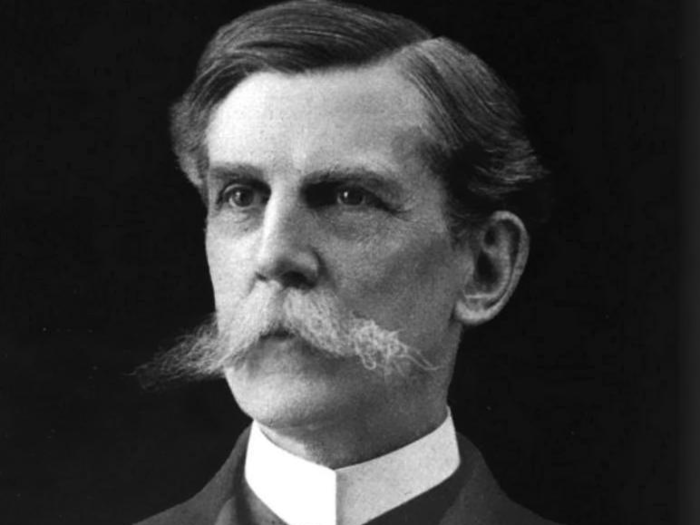
The case: In New York, five Russian anti-war activists were arrested under the 1917 Espionage Act for printing and distributing 5,000 leaflets that criticized the US's role in World War I. They also advocated for a general strike, and had put out a call to arms if the US intervened in Russia. They were sentenced to prison for up to 20 years. They appealed.
The decision: The Supreme Court held 7-2 that the Espionage Act was valid, and that it was a crime to willfully publish "disloyal" language about US politics, arguing that such speech was not protected by the First Amendment.
One of the most important things to come out of this case is Justice Holmes' dissenting opinion. He argued that the government should only regulate people's expression when it was required to save the country.
Commonwealth of Massachusetts v. Mellon (1923)
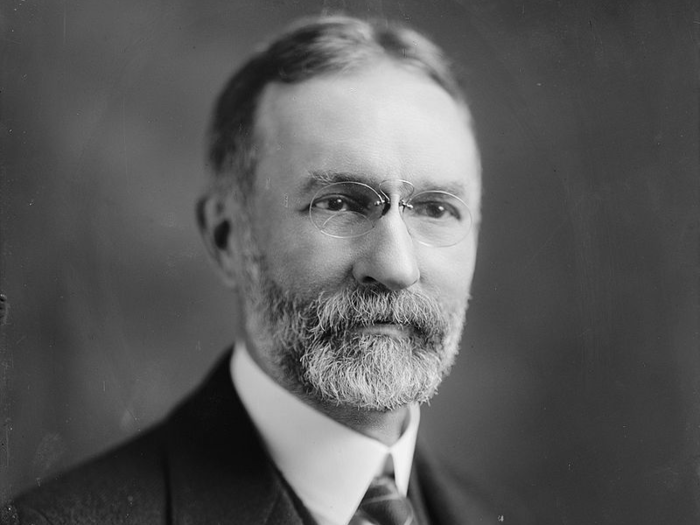
The case: The 1921 Maternity Act gave states money for programs aimed to help mothers and their infants. A woman named Frothingham thought the act would lead to an increase in her taxes, so she tried to sue the federal government. The issue was whether a taxpayer had standing to sue, when the only injury was going to be an increase in taxes.
The decision: The Supreme Court unanimously held she did not have standing because the injury was too small and indeterminable. It led to the legal concept of a "particularized" injury, which needs to be traced to a legal violation. Without this decision, it would be a lot easier to take a suit to court.
Buck v. Bell (1927)
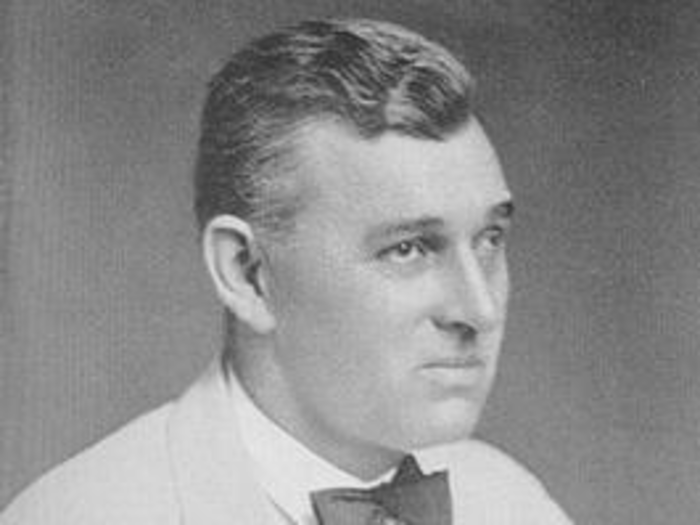
The case: A young woman named Carrie Buck was diagnosed with "feeble mindedness," and committed to a state institution after she was raped by her foster parent's nephew, and had his child. Her mother had also been diagnosed as feeble minded. Under the 1924 Virginia Eugenical Sterilization Act, she was to be sterilized against her will, since she was seen as unfit to procreate. Buck's appointed guardian sued, hoping to have the Supreme Court find sterilization constitutional.
The decision: The Supreme Court held 8-1 that there was nothing in the Eighth or 14th Amendments that said Carrie Buck could not be sterilized.
In his opinion, Justice Oliver Holmes wrote, "It is better for all the world, if instead of waiting to execute degenerate offspring for crime, or let them starve for their imbecility, society can prevent those who are manifestly unfit from breeding their kind. The principle that sustains compulsory vaccination is broad enough to cover cutting Fallopian tubes … Three generations of imbeciles are enough."
After this case, sterilizations did not cease until the 1960s, and more than 60,000 people were sterilized without their consent. The case has never been overturned.
Near v. Minnesota (1931)
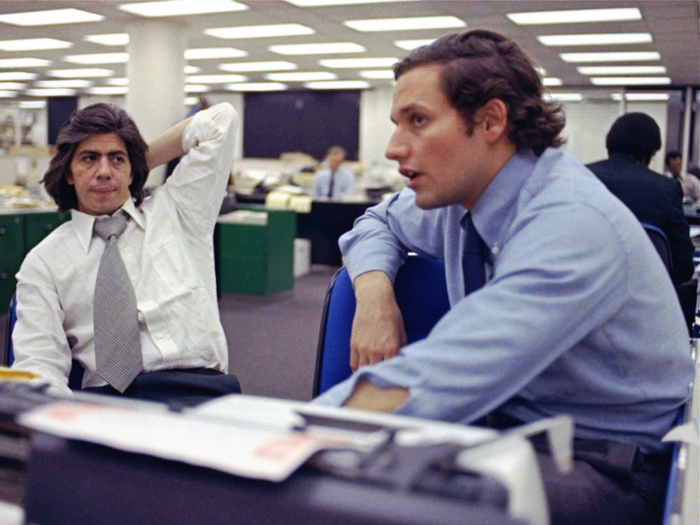
The case: The 1925 Public Nuisance Bill, also known as the "Minnesota gag law," allowed judges to close down newspapers that were deemed obscene or slanderous. In 1927, the Saturday Press, a newspaper based in Minneapolis, began to publish articles attacking several public officials. One of them accused a politician named Floyd B. Olson of being a pawn to a conspiracy. Olson filed a complaint. A judge, using the 1925 law, issued a temporary restraining order against the newspaper. The newspaper appealed under the First Amendment's right to a free press.
The decision: The Supreme Court held 5-4 that the Public Nuisance law was unconstitutional. Chief Justice Hughes wrote, "This statute ... raises questions of grave importance transcending the local interests involved in the particular action. It is no longer open to doubt that the liberty of the press and of speech is within the liberty safeguarded by the due process clause of the Fourteenth Amendment from invasion of state action."
The case stopped journalists from being censored, and enabled the press to fulfill its role as watchdog, including the printing of the Pentagon Papers in 1971.
Wickard v. Filburn (1942)

The case: The Agricultural Adjustment Act of 1938, enacted to stabilize agricultural prices after the Great Depression, restricted how much wheat could be grown, to avoid another recession. The Department of Agriculture fined Roscoe Filburn, a wheat farmer in Ohio, for growing too much. He sued, arguing Congress didn't have the authority, since he'd never planned to sell all of the wheat. The issue was whether Congress had the authority to regulate local wheat production.
The decision: The Supreme Court unanimously held that Congress had the power to regulate activities in the industry, and within states, when the activities had substantial effects on interstate commerce. So, even though Filburn's wheat wasn't all going to make it into the market, growing it still altered supply and demand in a national market.
This case led to the federal government having more power to regulate the economy, and also enabled federal regulation of things like workplace safety and civil rights. Not everyone has been in favor of this case. Notably, the late Justice Antonia Scalia used to laugh at it.
Brown v. Board of Education (1954)
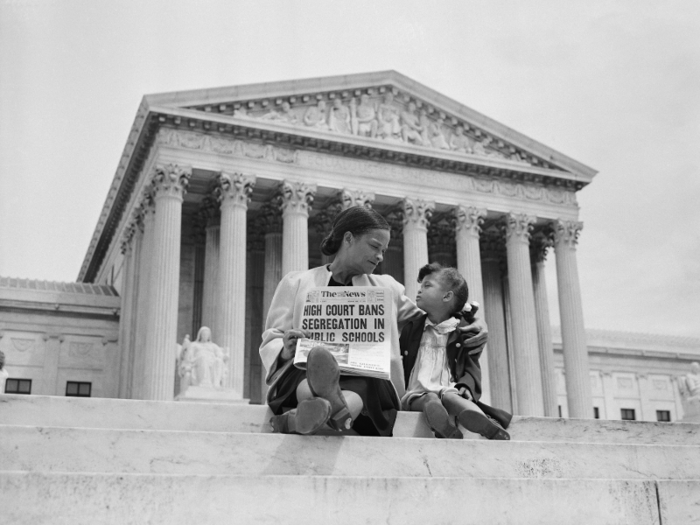
The case: In the 1950s, Linda Brown had to take a dangerous route to school, because the only school that was closer was for white students. Her father, Oliver Brown, believed this was a breach of the 14th Amendment, which says, "no state can deny to any person within its jurisdiction the equal protection of the laws." Brown, along with a dozen other parents, challenged the segregation policy on behalf of their 20 children.
The decision: The Supreme Court unanimously held that separate educational facilities were inherently unequal. A second decision called for lower courts and school boards to proceed with desegregation. This decision knocked down the doctrine of "separate but equal" from Plessy v. Ferguson, which had allowed mixed race schools, transportation, and facilities to exist as long as they were "equal."
The Atlantic described Chief Justice Earl Warren's "ringing opinion" as "the belated mid course correction that began America's transformation into a truly multiracial world nation."
Mapp v. Ohio (1961)
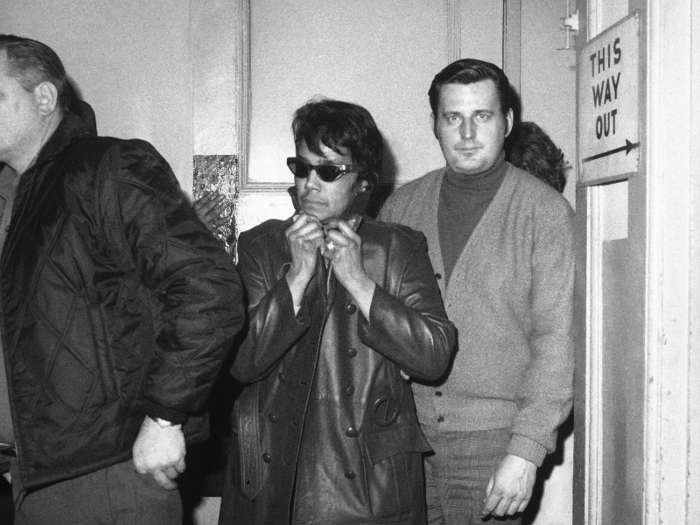
The case: When Ohio police thought a suspected bomber was hiding out in Dollree Mapp's house, they forced their way in without a warrant. When Mapp asked where the warrant was, they held up a piece of paper. In their search of her house, they found pornographic materials. They arrested Mapp and later convicted her for being in possession of obscene materials. She appealed.
The decision: The Supreme Court held 6-3 that any violation of the Fourth Amendment's right against unlawful searches and seizures made evidence inadmissible in court. Justice Clark wrote in his majority opinion that "the exclusionary rule," which prohibits the use of illegally obtained evidence in criminal trials, was essential.
This case has led to the redefining of the rights of people being accused and limits how police can obtain evidence.
Engel v. Vitale (1962)
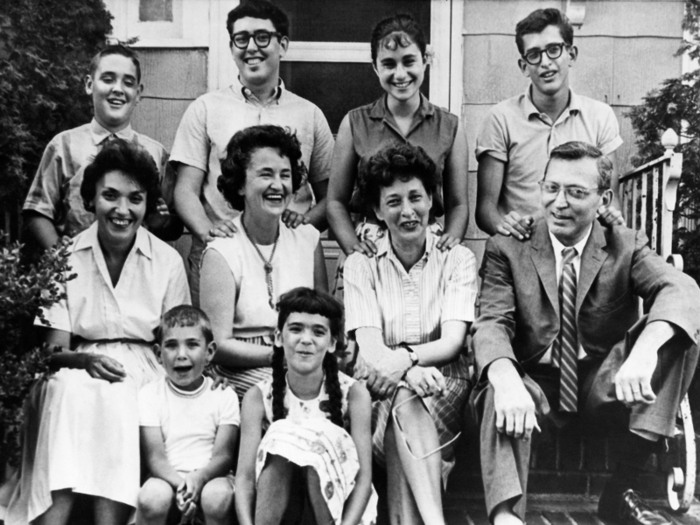
The case: In New York, schools adopted a daily prayer after it was required by state law. Some parents argued it was a violation of individuals' rights, but the school board said it wasn't, since students could opt out. Five families led by parent Steven Engel disagreed, and sued on the basis that it violated the religion clause of the First Amendment.
The decision: The Supreme Court held 6-1 that reading an official prayer at school violated the constitution, because it was an "establishment of religion." Justice Hugo Black wrote for the majority: "It is a matter of history that this very practice of establishing governmentally composed prayers for religious services was one of the reasons which caused many of our early colonists to leave England and seek religious freedom in America."
The case meant any state-enforced prayer, or reading of the bible in a public school would be suspected. It also was a key case showing the enforcement of separation between church and state.
Gideon v. Wainwright (1963)
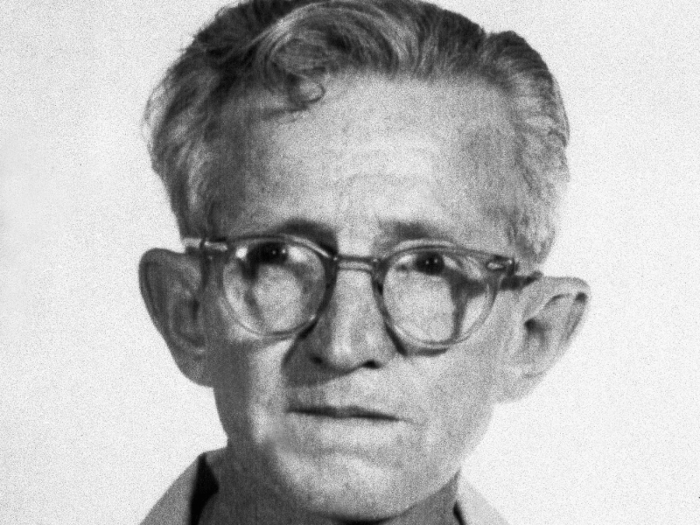
The case: Clarence Earl Gideon was charged with breaking and entering a pool hall. He requested a lawyer to defend him, but Florida's state court rejected him. After defending himself poorly Gideon went to prison. Giddeon appealed, and the issue was whether the right to counsel extended to felony defendants in state courts.
The decision: The Supreme Court held unanimously that state courts were required to appoint attorneys for those who could not afford their own counsel.
The US justice system would not be what it is today without this decision. The decision affirms that "lawyers in criminals courts are necessities, not luxuries." However, the quality of criminal defense services varies across the country.
Reynold v. Sims (1964)
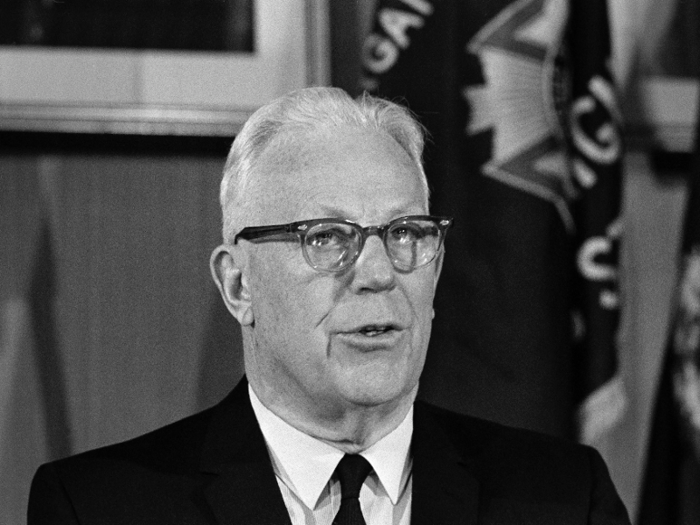
The case: This case stemmed from the apportionment scheme in Alabama. Under the 14th Amendment, each voter's intentions are meant to have equal weight, but in Alabama, legislative districts were no longer accurately representing the amount of people who lived in them, especially in the cities, where populations had grown rapidly. The issue was whether this breached the "equal protection clause" in the 14th Amendment.
The decision: The Supreme Court held 8-1 that Alabama's apportionment scheme had breached the 14th Amendment. The justices ruled that the right to vote is a fundamental right, and equal participation is crucial. Chief Justice Warren wrote for the majority: "legislators represent people, not trees or acres."
This decision made the government more democratic.
Heart of Atlanta Motel v. US (1964)
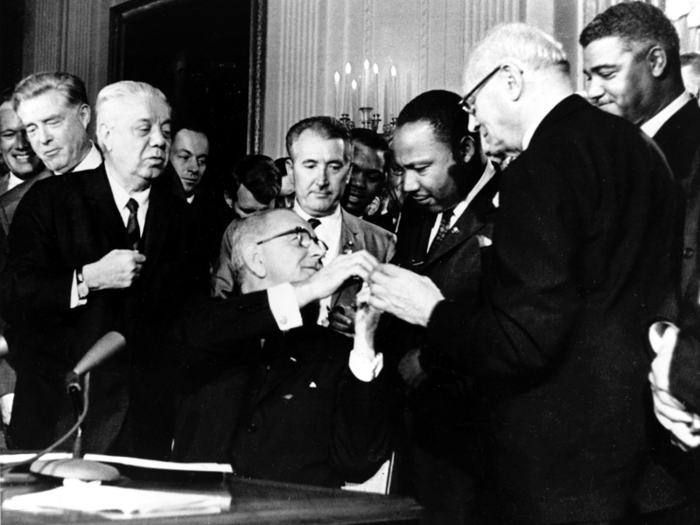
The case: The Heart of Atlanta Motel in Georgia refused to provide accommodation for black people, but the Civil Rights Act of 1964 banned the practice. Two hours after the act was passed, the motel asked the court to stop the enforcement of a clause in Title II, which forbid racist discrimination by public accommodation providers. The motel argued it exceeded Congress's power.
The decision: The Supreme Court held unanimously that the act was not exceeding Congress's power. It reasoned that discrimination by businesses had a big impact on black people traveling, even when it was a small business, since negative effects could be far-reaching when added up. It was especially the case here, since 75% of the guests staying at the motel came from out of state.
This was the first case to challenge the Civil Rights Act, and by upholding it, the act was legitimatized and strengthened. The law would go on to be used to dismantle many other forms of racist discrimination.
New York Times v. Sullivan (1964)

The case: This case was about an advertisement titled "Heed Their Rising Voices" that was published in The New York Times in 1960. The ad was looking for donations to defend Martin Luther King Jr. and criticized the Montgomery police. The ad had factual errors, and L.B. Sullivan, a Montgomery city commissioner, sued The Times for defamation, though he wasn't mentioned. In Alabama, Sullivan won and The Times was ordered to pay $500,000. The paper appealed.
The decision: The Supreme Court held unanimously that while regular defamation requires that a defendant knows a statement is false or reckless, when it's a public figure, the defendant must act with "actual malice" — meaning they must know it was false or have a "reckless disregard" for the truth.
This decision strengthens the freedom of the American press, which has the strongest protections in the world, ensuring debate on public issues is robust and open.
Miranda v. Arizona (1966)
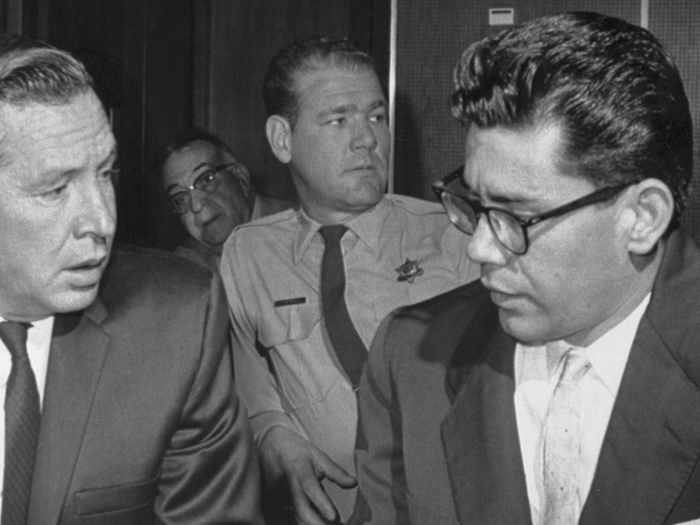
The case: In 1963, police obtained a written confession from Ernesto Miranda that said he had kidnapped and raped a woman. However, they had not advised Miranda of his right to have an attorney present during the interrogation. Miranda appealed on the basis that his confession had been gained unconstitutionally.
The decision: The Supreme Court held 5-4 that law enforcement must advise suspects of their right to remain silent, their right to an attorney, and that anything they say can and will be used against them in a court of law. Evidence could not be used in a trial unless the warnings had been given and knowingly waived.
Police work, and the well-known "you have the right to remain silent" would not be so firmly entrenched into society (or TV shows and movies) without this decision. People know their rights, and police know they have to read them to suspects.
Loving v. Virginia (1967)
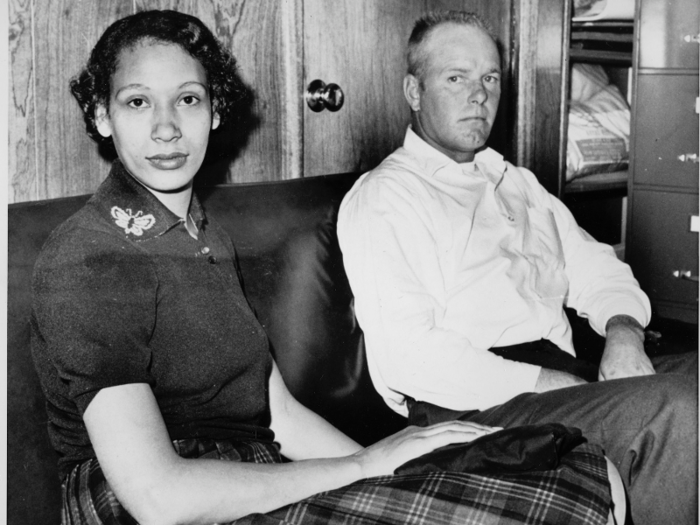
The case: Mildred Jeter, a black woman, and Richard Loving, a white man, were from Virginia, where inter-racial marriage was illegal. In 1958, they got married in D.C. and then returned home. On their return, they were charged with breaking the law and sentenced to one year in prison. A judge suspended their sentence as long as they didn't return to the state together for 25 years. Loving wrote to then-Attorney General Robert Kennedy and asked for his help, and he referred them to the ACLU, which helped them sue.
The decision: In a unanimous decision, the Supreme Court held that the law was unconstitutional under the 14th Amendment. Chief Justice Warren wrote, "Under our constitution the freedom to marry, or not marry, a person of another race resides with the individual, and cannot be infringed by the state."
In a watershed moment for civil rights, the case found that people of any race, anywhere in the US, can get married, striking down laws banning inter-racial marriage in 16 states. The case was later cited in same-sex marriage cases.
Terry v. Ohio (1968)
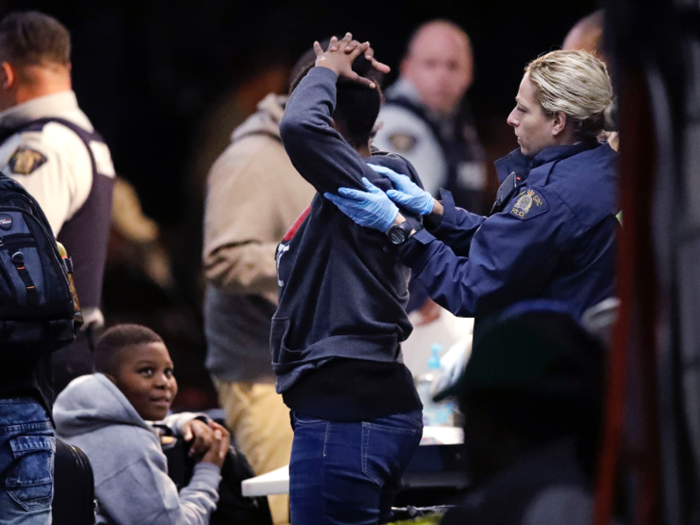
The case: In 1963, three men were suspiciously walking back and forth in a block in Cleveland, Ohio, and a detective thought they were preparing to rob a store. He approached them, identified himself, then frisked them and found two concealed guns. One of the men was convicted for having the gun. The man appealed. The issue was whether police frisking violated the Fourth Amendment.
The decision: The Supreme Court held 8-1 that the search was reasonable since the men were acting suspiciously, warranting inquiry. If circumstances justify a belief that an individual is armed and dangerous, the justices ruled, the officer may pat down the outside of an individual's clothing.
Justice William O. Douglas, the lone dissenter, did not think the standard for search and seizures should have been lowered from "probable cause" to "reasonable suspicion." He wrote: "Yet if the individual is no longer to be sovereign, if the police can pick him up whenever they do not like the cut of his jib, if they can 'seize' and 'search' him in their discretion, we enter a new regime. The decision to enter it should be made only after a full debate by the people of this country."
This case opened up the police's ability to investigate activity they deem suspicious.
Brandenburg v. Ohio (1969)
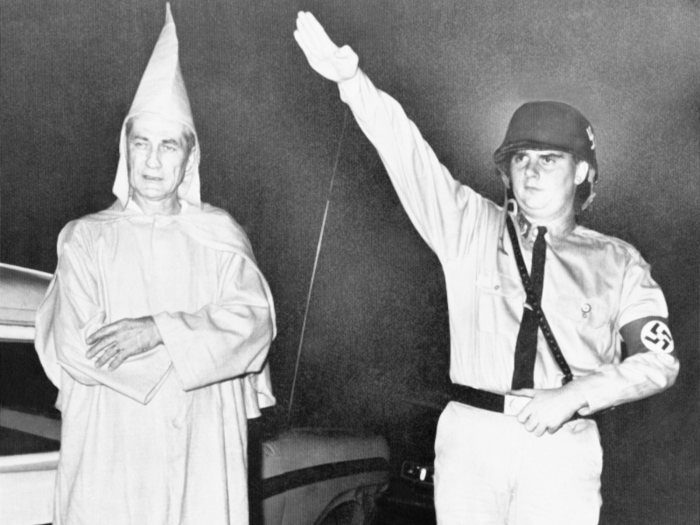
The case: Clarence Brandenburg was arrested after making racist remarks and claiming the government was suppressing the "Caucasian race" to a gathering of Ku Klux Klan members in a field in Ohio. He also mentioned action might need to be taken, and was filmed by media he had invited to the gathering. The state law criminalized advocating violence as a means of accomplishing political reform, and he was sentenced to up to 10 years prison. The issue was whether speech advocating for violence was protected by the First Amendment.
The decision: The Supreme Court held per curiam, which means in the name of the court rather than the judges, that his freedom of speech had been violated. It found that speech may only be outlawed when it is directly inciting "imminent lawless action." It also found that abstract discussions are not the same as actual preparation to engage in violence. This case broadened protections for political dissent.
Phillips v. Martin Marietta Corp. (1971)
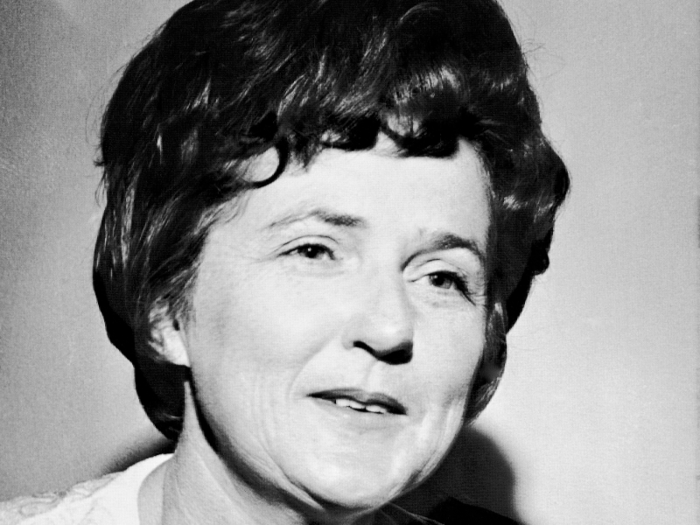
The case: Ida Phillips applied for a job at the Martin Marietta Corporation, a missile plant in Orlando. She had seven children, and the business had a hiring policy excluding mothers with pre-school children, believing them to be unreliable. Phillips alleged she'd been denied employment because of her sex. The issue was whether this was discrimination under Title VII of the Civil Rights Act of 1964. The case was complicated, because the company hired women for the job, just not women with young children.
The decision: The Supreme Court unanimously held that it was discriminatory, since it was based on the sex of the applicant, even if it was about motherhood.
However, it did send the case back to lower courts to give the corporation a chance to present evidence about the impeded ability of mothers with young children. And the judges were uneasy about the idea that both sexes were equally equipped to do all jobs. Justice Hugo Black asked Phillips' lawyer, "Does the law require that the employer give the woman a job of digging ditches and things of that kind?"
All nine justices at the time were men.
Wisconsin v. Yoder (1972)
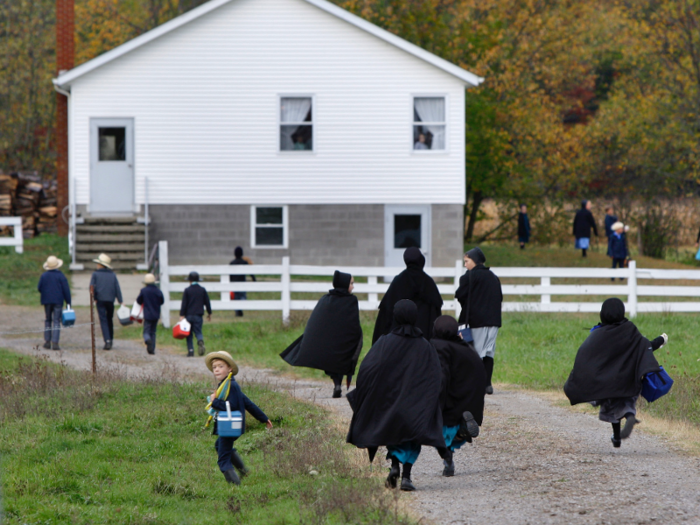
The case: In Wisconsin, children were required by law to attend school until they were 16. But three Amish families refused to send their children to school after eighth grade, when most children are 14, resulting in $5 fines from the state. (Amish families think the content of secondary and higher education conflicts with their life of austerity.) They argued the compulsory attendance violated their rights under the First Amendment, specifically the Free Exercise Clause.
The decision: The Supreme Court held unanimously that the Amish families' right to religious freedom was not overridden by the state's interest in education. It held that sending the children to high school would threaten the Amish way of life. Freedom of religion was seen as more important than the state's interest in education, and this case created an exception for Amish people, and others in similar situations.
The justices agreed overall on the ruling, but Justice William O. Douglas filed a partial dissent arguing that the children's viewpoint wasn't being considered, worried that they may miss out on an education if they're not asked whether they want to go to high school.
Roe v. Wade (1973)
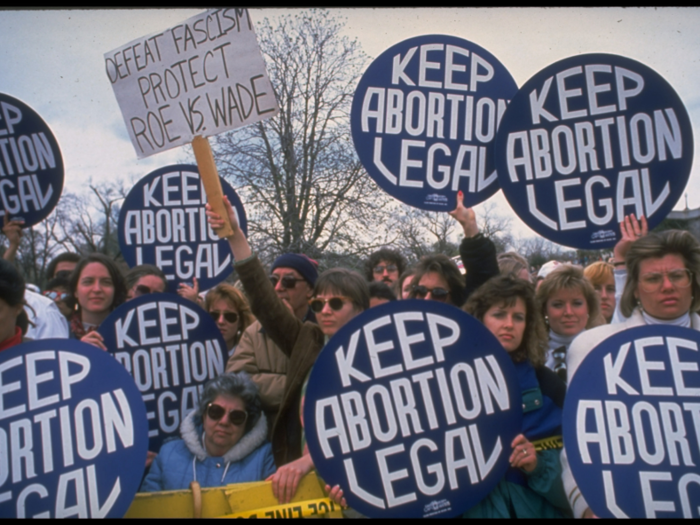
The case: This case stemmed from a Texas law that said abortion was illegal unless, by doctor's orders, it was to save a woman's life. An anonymous plaintiff called Jane Roe (who was later identified as Norma McCorvey) filed against the Dallas County district attorney, arguing the law was unconstitutional.
The decision: The Supreme Court held 7-2 that overly restrictive legislation around abortion was unconstitutional. Based on a right to privacy in the 14th Amendment, the state was not allowed to regulate a woman's decision.
This case overruled any laws that made abortion illegal before a fetus was viable, giving women more power when it comes to their bodies and having children. It made access to abortion a constitutional right.
San Antonio Independent School District v. Rodriguez (1973)

The case: In the late 1960s, schools in Texas could use local property taxes to boost revenue. So schools that were based in poorer areas had less revenue, because the property taxes were lower. A class-action suit was filed on behalf of children living in poorer areas. The issue here was whether the system violated the 14th Amendment's equal protection clause.
The decision: The Supreme Court held 5-4 that there is no constitutional right to an equal education. The opinion said it should not be unconstitutional, because "burdens or benefits" fall unevenly, depending on the wealth of the areas in which citizens live.
In Time Magazine's list of the worst Supreme Court cases since 1960, the editors concluded this case enforced the idea that discrimination against the poor did not violate the Constitution, and education wasn't a fundamental right.
United States v. Nixon (1974)
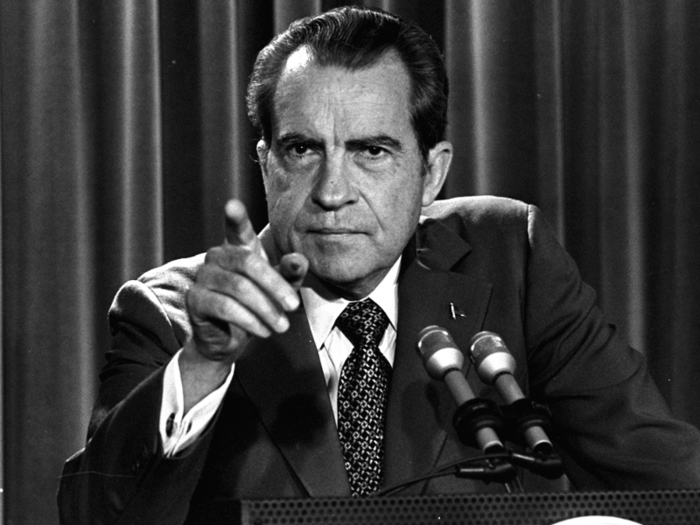
The case: This case was triggered by the Watergate scandal, when a special prosecutor asked for tapes that President Richard Nixon had recorded in the White House. He refused, saying he had "executive privilege" that allowed him to withhold sensitive information in order to maintain confidential communications and to maintain national security. Nixon released edited versions, but not the complete tapes, leading to Nixon and the prosecutor both filing petitions to be heard in the Supreme Court.
The decision: The Supreme Court held unanimously that while there was limited executive privilege for military or diplomacy reasons, it wasn't enough in this case. Nixon had to hand over the tapes. The case led to Nixon's resignation, and also ensures that the president does not have unlimited privilege to withhold information from other branches of government. "Not even the president is above the law," Harvard constitutional law professor Laurence Tribe said.
O'Conner v. Donaldson (1975)
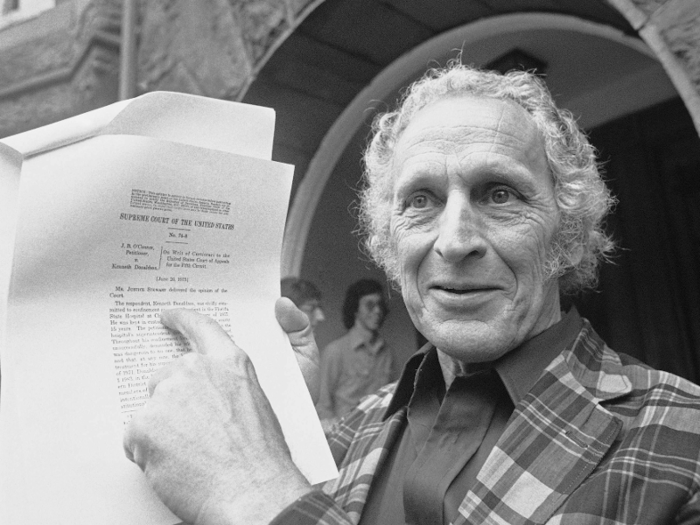
The case: After Kenneth Donaldson told his parents he thought his neighbor was poisoning his food, he was examined and diagnosed with paranoid schizophrenia. Against his will, he was committed to a state hospital for the next 15 years. During that time, two different people volunteered to be responsible for him, but the hospital refused to release him. He sued, saying the hospital staff had "intentionally and maliciously deprived him of his right to liberty."
The decision: The Supreme Court held unanimously that mental patients could not be confined in institutions against their will, if they weren't dangerous and were capable of surviving in society. In the opinion, Justice Potter Stewart wrote: "May the state fence in the harmless mentally ill solely to save its citizens from exposure to those whose ways are different? One might as well ask if the state, to avoid public unease, could incarcerate all who are physically unattractive or socially eccentric."
The decision established the legal threshold for people posing a danger to themselves or others.
Buckley v. Valeo (1976)
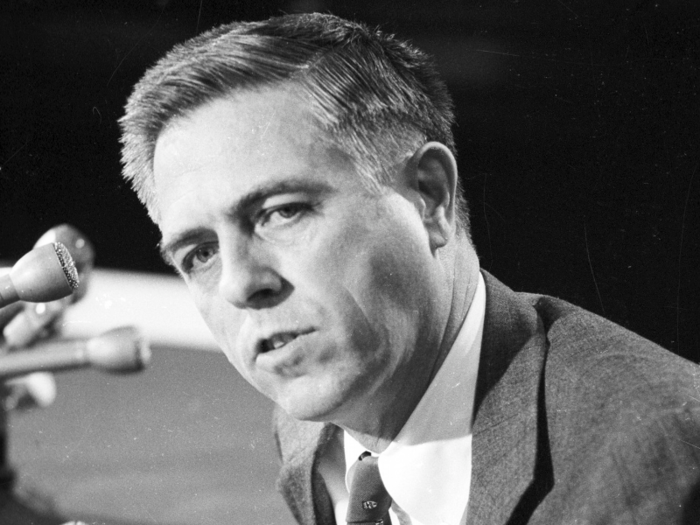
The case: This was a case about freedom of speech, in particular about spending limits by, or for, candidates running for office. Sen. James L. Buckley, and a coalition of groups, filed a suit arguing that the Federal Election Campaign Act, which limited spending and required spending disclosures, weren't constitutional.
The decision: The court held per curiam that independent spending was a form of political speech protected by the First Amendment. However, it also concluded that contributions could be capped. This is an important decision for campaign spending. It helped lead the way to the rising of political action committees, or PACs. It also led to the enforcement of reporting campaign spending.
First National Bank of Boston v. Belloti (1978)
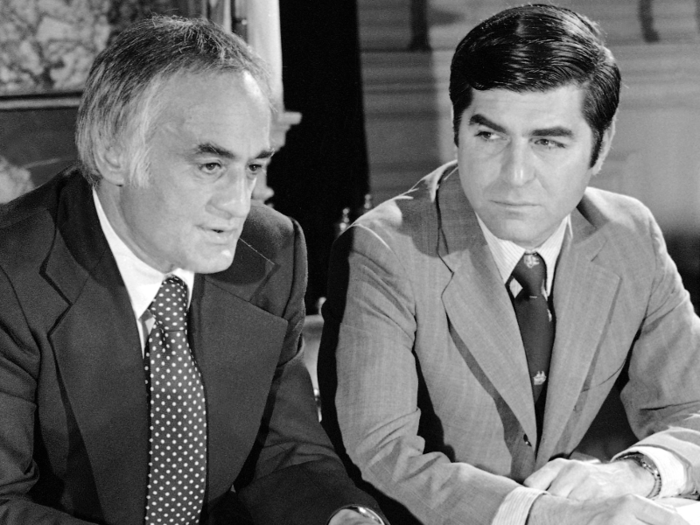
The case: Several plaintiffs, including the First National Bank of Boston, wanted to challenge a proposed increase on personal income taxes for high-wage earners in Massachusetts. The plaintiffs wanted to pay for advertising to criticize it, but they could only spend money if they were "materially affected," based on a Massachusetts law, which restricted what corporations could spend in politics. Attorney General Francis Bellotti said the bank wasn't materially affected. The plaintiffs challenged the constitutionality of the provision.
The decision: The Supreme Court held 5-4 that the Massachusetts law was unconstitutional. The court concluded that the First Amendment protected corporations, since they were made up of shareholders who decided their corporation should engage on public issues. This case opened the door to Citizens United.
Regents of the University of California v. Bakke (1978)
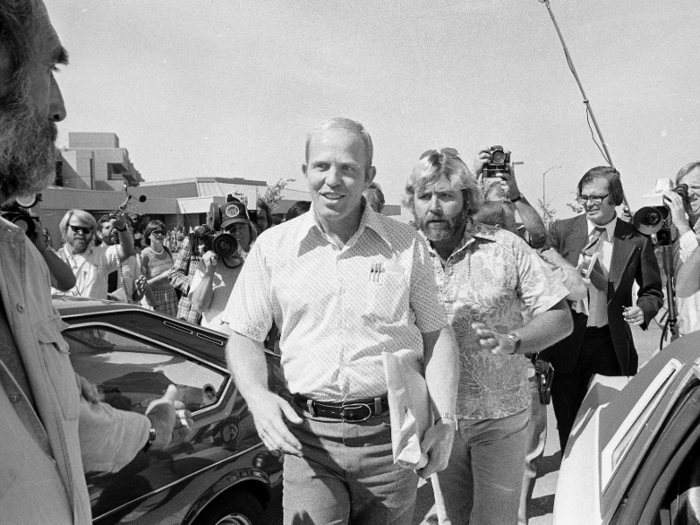
The case: Allan Bakke, a 35-year-old Vietnam war veteran, was rejected from medical school at the University of California twice. Every year, the school accepted 100 people, and 16 of those accepted were from "minority groups." He argued his rejections were due to "reverse racism", since his grades were better than the 16 people who got in on minority seats.
The decision: The Supreme Court held 5-4 that Bakke should be admitted. However, it also said race could be taken into account to promote diversity on campuses.
Six different justices wrote opinions. In one opinion, Justice Harry Blackmun wrote: "In order to get beyond racism, we must first take account of race. There is no other way. And in order to treat some persons equally, we must treat them differently."
Since this case, despite affirming that race could be taken into account, the percentage of black freshman in the US has not changed. A 2017 analysis found they make up 6% of freshmen, but are 15% of college-age Americans.
Strickland v. Washington (1984)
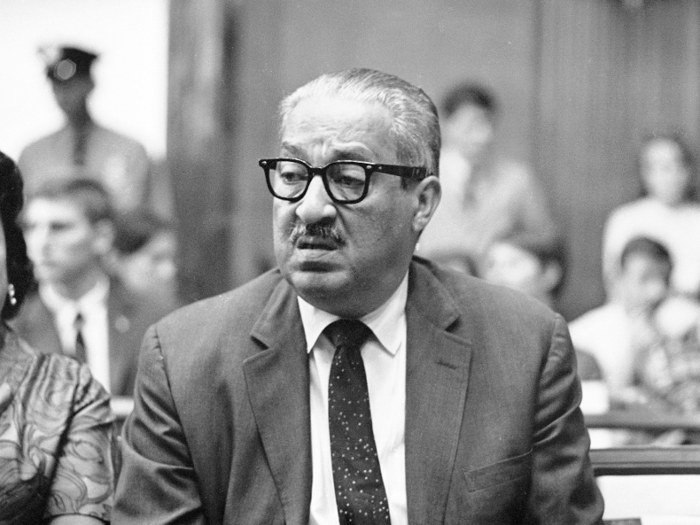
The case: David Washington was sentenced to death after he pleaded guilty to murder. But this case arose out of what his lawyer didn't do during the trial. His lawyer failed to call any character witnesses or get a psychiatric evaluation. Washington appealed, arguing his counsel's assistance was constitutionally ineffective.
The decision: The Supreme Court held 8-1 that ineffective counsel only violated the Sixth Amendment when the performance was deficient. For this, counsel assistance had to fall below an objective reasonableness standard, and there needed to be a "reasonable probability" the result would have been different had counsel not failed.
Justice Thurgood Marshall wrote in dissent: "My objection to the performance standard adopted by the Court is that it is so malleable that, in practice, it will either have no grip at all or will yield excessive variation ... To tell lawyers and the lower courts that counsel for a criminal defendant must behave 'reasonably' and must act like 'a reasonably competent attorney' is to tell them almost nothing."
This case makes it difficult for defendants to prove ineffective assistance claims, since they need to show that it's outside the range of professional competence and that the client was prejudiced by it.
Chevron USA Inc. v. Natural Resources Defense Council (1984)

The case: In 1977, Congress added an amendment to the Clean Air Act, requiring states to establish programs to reduce power plant pollution. In the amendment, entire power plants were treated as a single unit within a "bubble", even if they had multiple smoke stacks. The Natural Resources Defense Council (NRDC) thought the bubble interpretation dulled the law, and sued the EPA.
The decision: The Supreme Court held unanimously that the bubble policy was valid. It found that if the law is clear then agencies must follow it, and when a a law does not have a clear meaning, the courts should defer to the federal agency's interpretation of the law.
This is one of the most cited Supreme Court decisions of all time, and this standard became known as the "Chevron Defense."
Texas v. Johnson (1989)
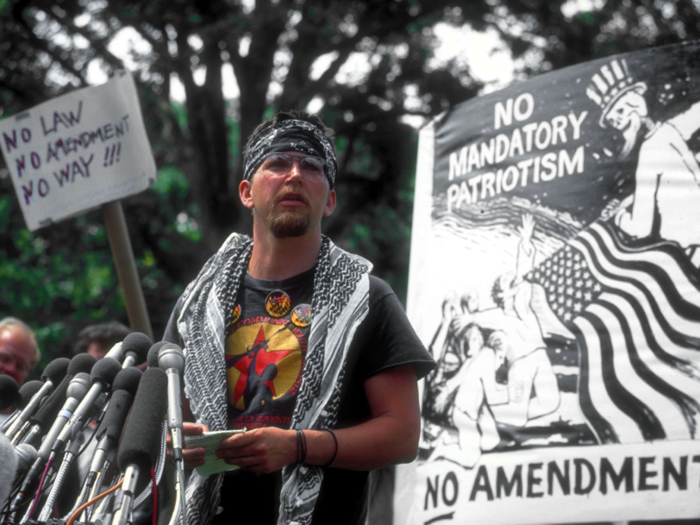
The case: During a protest in 1984 against then-President Ronald Reagan and local corporations in Dallas, Gregory Johnson covered the American flag in kerosene then lit it on fire, offending witnesses. He was arrested and charged with desecrating a venerated object, which was banned under Texas law. He was sentenced to one year in prison and ordered to pay $2,000. He appealed, on the basis that the law was in breach of his First Amendment rights.
The decision: The Supreme Court held 5-4 that burning the flag was protected under the First Amendment. In the majority opinion, Justice Brennan wrote: "if there is a bedrock principle underlying the First Amendment, it is that government may not prohibit the expression of an idea simply because society finds the idea itself offensive or disagreeable ... We do not consecrate the flag by punishing its desecration, for in doing so we dilute the freedom that this cherished emblem represents."
Despite former President George H. Bush proposing to add an anti flag burning amendment to the constitution, this case still protects unpopular political expression in the US today.
Michael H. v Gerald D. (1989)
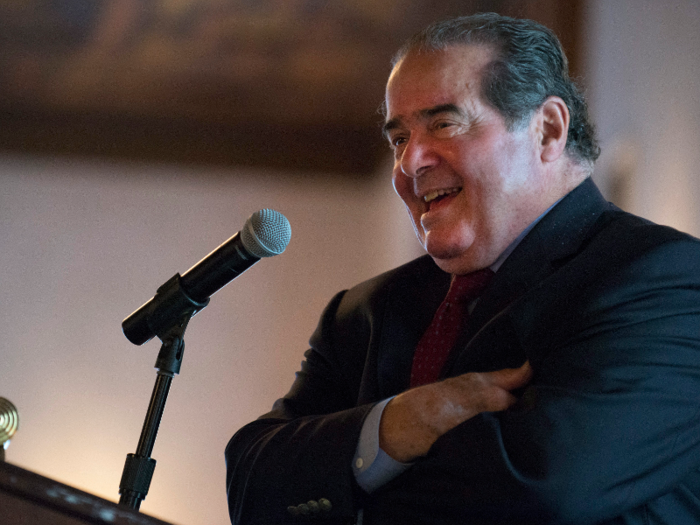
The case: A man, for the purposes of the case named Michael, had an affair with a woman who later had a child. Blood tests indicated he was the father. He wanted visitation rights, but under California law, the child is presumed to be from the marriage, and another person can only challenge that within the child's first two years of life. Michael was too late, and sued. The issue was whether the California law violated the man's chance to establish paternity.
The decision: The Supreme Court held 5-4 that a biological father does not have a fundamental right to obtain parental rights, after the presumed father had acted in a responsible way for the child. A woman's husband is to be presumed father of her children, regardless of anyone else's claim.
Cruzan v. Director of the Missouri Department of Health (1990)
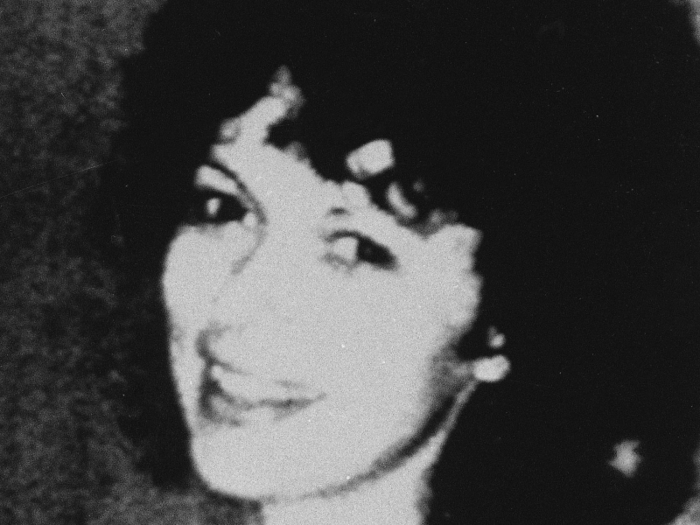
The case: In 1983, Nancy Cruzan, a 25-year-old woman, was in a car crash that resulted in her falling into a vegetative state. She was on life support for five years, and had no chance of recovery, but doctors estimated she could have lived on life support for another 30 years. Her parents asked for her to be disconnected, but the hospital refused without a court order. Before the car crash, Nancy had said she would not want to live if she were sick or injured and could not live "at least halfway normally." Her parents asked for a court order to remove her from life support.
The decision: The Supreme Court held 5-4 that there was a right to die, but the state had the right to stop the family, unless there was "clear and convincing" evidence that it was her wish to die.
This was the first time the court had ruled on a right-to-die case. It didn't set national guidelines, and left it to be decided on a state-by-state basis. In the month after the case, 300,000 requests were made for advance-directive forms, so people could make it known in advance what should happen to them if they became incapacitated.
Lawrence v. Texas (2003)
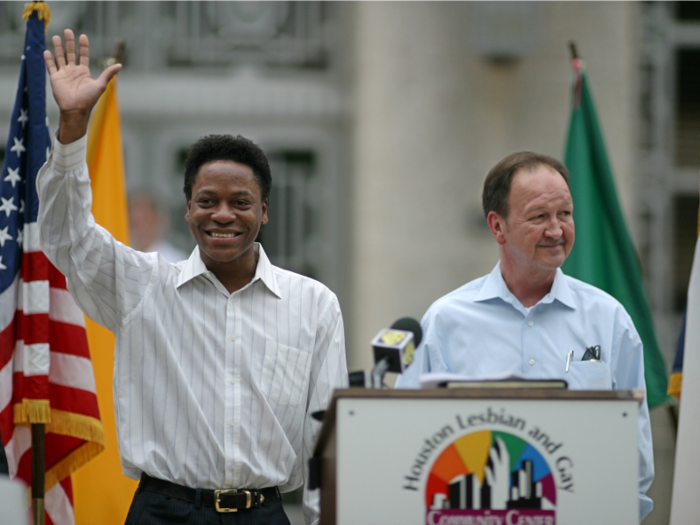
The case: Police entered a private residence on a false report about a weapons disturbance, and found Lawrence and Garner engaging in a consensual sexual act. They were arrested and convicted under Texas law, which forbid two people of the same sex to have sex. The issue for this case was whether the 14th Amendment protected them.
The decision: The Supreme Court held 6-3 that the Texas law violated their right to liberty, under the "Due Process Clause," which allowed them to engage in their conduct without government intervention.
This was seen as a victory for LGBT rights, removing what one law professor called "the reflexive assumption of gay people's inferiority," and overturning 14 state laws across the US.
Georgia v. Randolph (2006)
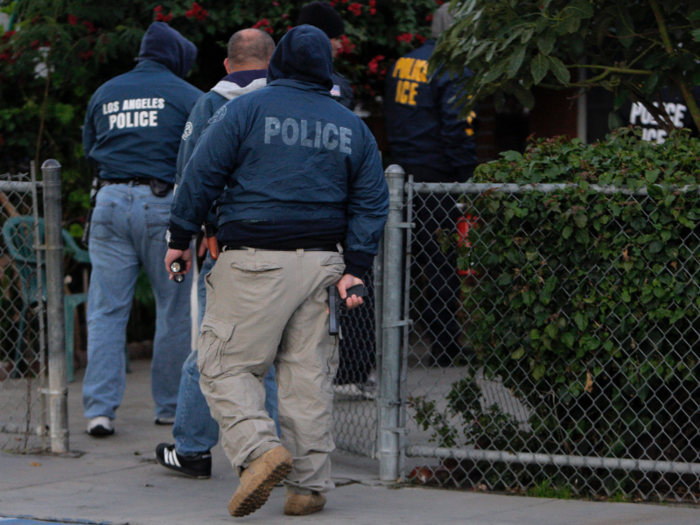
The case: After a fight at home between a separated couple, a woman called the police and told them to come in, then showed them cocaine she said her husband was using. The husband was later charged with possession, even though he had told the police they couldn't come in. The issue was whether the police can search a home without a warrant when one person gives consent, but the other refuses.
The decision: The Supreme Court held 5-3 that in at least a few circumstances the right to search and enter is not valid if one of the occupants says they can't, ruling in the husband's favor.
This case narrows the scope for when police can enter and search homes without warrants. They can still enter to protect someone from harm or to chase a fleeing suspect, for example.
Massachusetts v. Environmental Protection Agency (2007)
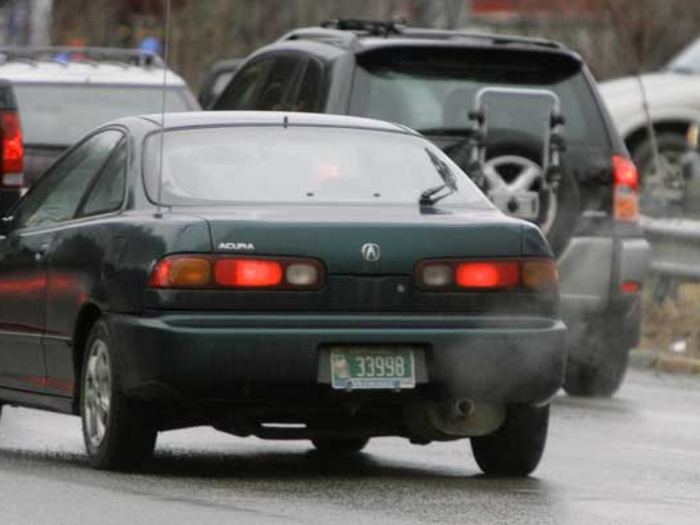
The case: This case came about in 1999, when Massachusetts, 11 other states, and several environmental organizations petitioned for the EPA to start regulating carbon dioxide coming out of new motor vehicles, since it was a pollutant. The EPA denied the petition, saying it did not have the legal authority to regulate it.
The decision: The Supreme Court held 5-4 that the EPA had the right to regulate heat-trapping gases coming from automobiles, and that the Clean Air Act's definition of air pollutant had been written with sweeping language so that it would not become obsolete.
According to James Salzman, a professor of law and environmental policy at Duke University, the majority's acknowledgement of climate change science put this case on the legal map. And since it made it almost impossible for the EPA not to regulate, the decision sent a message to other agencies that they also had to deal with climate change.
District of Columbia v. Heller (2008)
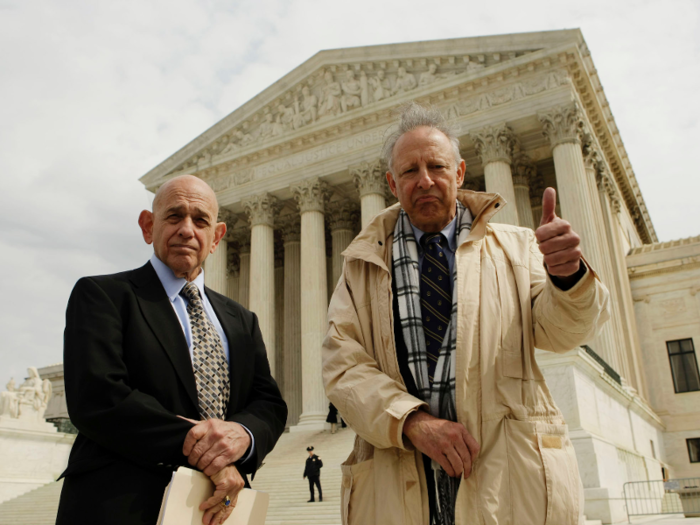
The case: Richard Heller, a security guard who lived in D.C. and carried a gun for work, was not allowed to have a gun at home, due to the city's laws. He thought the laws were too restricting and made it impossible to defend himself. Heller, along with five others, sued, arguing it was a violation of the Second Amendment. They were funded by Robert Levy, a libertarian lawyer from the Cato Institute.
The decision: The Supreme Court held 5-4 that the Second Amendment guaranteed an individual's right to possess a firearm at home for self-defense. It was the first time in 70 years the Supreme Court ruled on the Second Amendment.
In 2019, former-Justice John Paul Stevens said it was the worst decision during his 34-year tenure, representing "the worst self-inflicted wound in the Court's history." He said an amendment should be added to the Constitution to overrule the case, to stop gun massacres like what had happened in Las Vegas or Sandy Hook.
Citizens United v. FEC (2010)
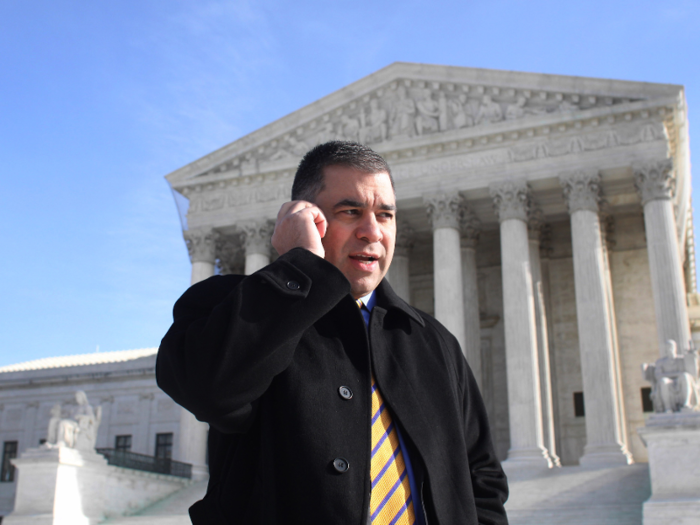
The case: A non-profit organization called Citizens United made a disparaging film about Hilary Clinton and they wanted to run an advertisement for it during the 2008 election. But the Federal Election Campaign Act banned corporations and unions from spending money to advocate during elections. So Citizens United couldn't show the film since it mentioned Clinton, who was a presidential candidate at the time. Citizens United argued the ban was unconstitutional.
The decision: The Supreme Court held 5-4 that corporations and unions can spend as much as they like to convince people to vote for or against political candidates, as long as the spending is independent of the candidates. The ruling gave corporations protections under the First Amendment's right to free speech.
Justice John Paul Stevens wrote in dissent of the ruling, that it was "a rejection of the common sense of the American people," and a threat to democracy.
The decision changed how politics works in the US. In the 2014 senate elections, outside spending had more than doubled to $486 million since 2010.
National Federation of Independent Business v. Sebelius (2012)
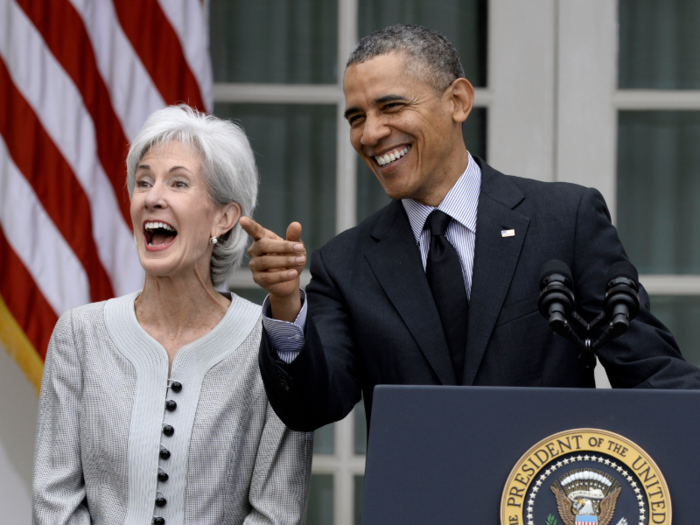
The case: President Barack Obama signed the Affordable Care Act into law in 2010 to increase the number of Americans covered by health insurance, and to decrease the cost of healthcare. Twenty-six states, several people, and the National Federation of Independent Business sued to overturn the law. The first issue was whether it was legal to require people to purchase health insurance with an individual mandate. The second was whether a provision forcing states to cover more people or lose federal funding was unconstitutionally coercive.
The decision: The Supreme Court held 5-4 that the individual mandate was legitimate, because it was in essence a tax, and struck down the provision that would withhold funds for states which did not expand the program.
It wasn't without dissent, though. Justice Anthony Kennedy wrote that the decision was a "vast judicial overreaching," which would create a "debilitated, inoperable version of health care regulation."
Obergefell v. Hodges (2015)
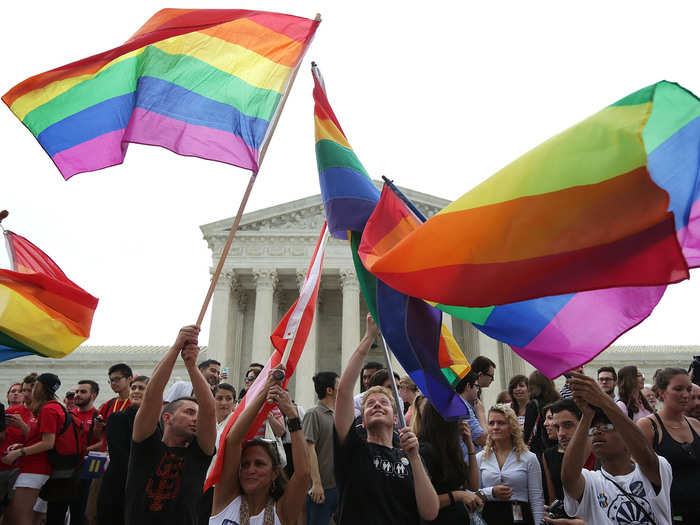
The case: James Obergefell and John Arthur, a couple from Ohio, got married in Maryland. In Ohio, same-sex marriage was not allowed on death certificates. Arthur was chronically ill and wanted to have Obergefell on his death certificate. Along with three couples from Kentucky, Michigan, and Tennessee, they sued their states, claiming they were in breach of the Equal Protection Clause in the 14th Amendment, which says, "no state shall ... deny to any citizen within its jurisdiction the equal protection of the laws."
The decision: The Supreme Court held 5-4 that the 14th Amendment guarantees the right to marry, including same-sex marriages. Every state in the US now legally recognizes same-sex marriage. Before this case, 13 states still had a ban on gay marriage.
Popular Right Now
Popular Keywords
Advertisement